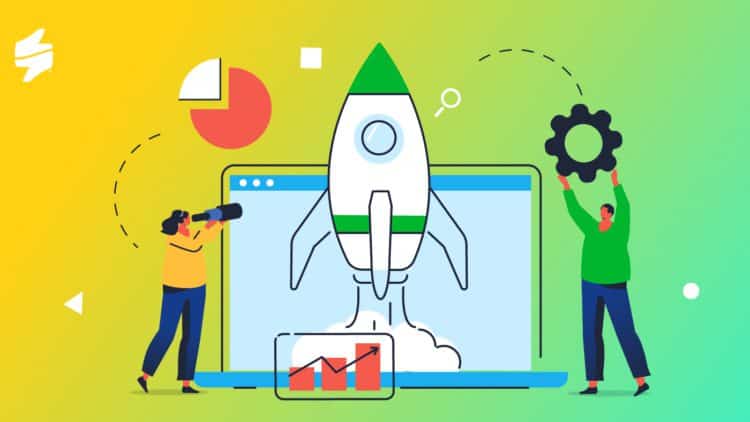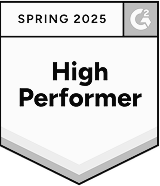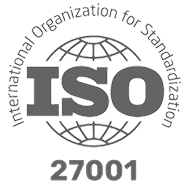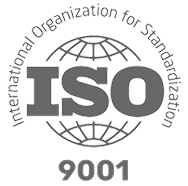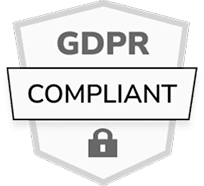Employee performance refers to how well an employee completes tasks, meets goals, and contributes to business outcomes. It is measured using key performance indicators (KPIs), feedback, productivity data, and regular evaluations such as performance reviews.
In this comprehensive guide, we aim to provide a deep understanding of employee performance, its key elements, how to measure performance, and strategies to enhance it, complete with real-life examples from leading companies. We will explore the significance of Key Performance Indicators (KPIs) and Objectives and Key Results (OKRs) in assessing and improving employee performance. Last but not least, we will discuss the role of digital tools in monitoring performance.
What Is Employee Performance?
Employee performance definition is as follows: it is the effectiveness and efficiency with which an individual fulfils their job responsibilities and achieves desired outcomes. It encompasses various aspects, including productivity, quality of work, adherence to company policies, teamwork, communication skills, and overall contribution to organisational goals. A high level of employee performance is vital for organisational growth, customer satisfaction, and employee engagement.
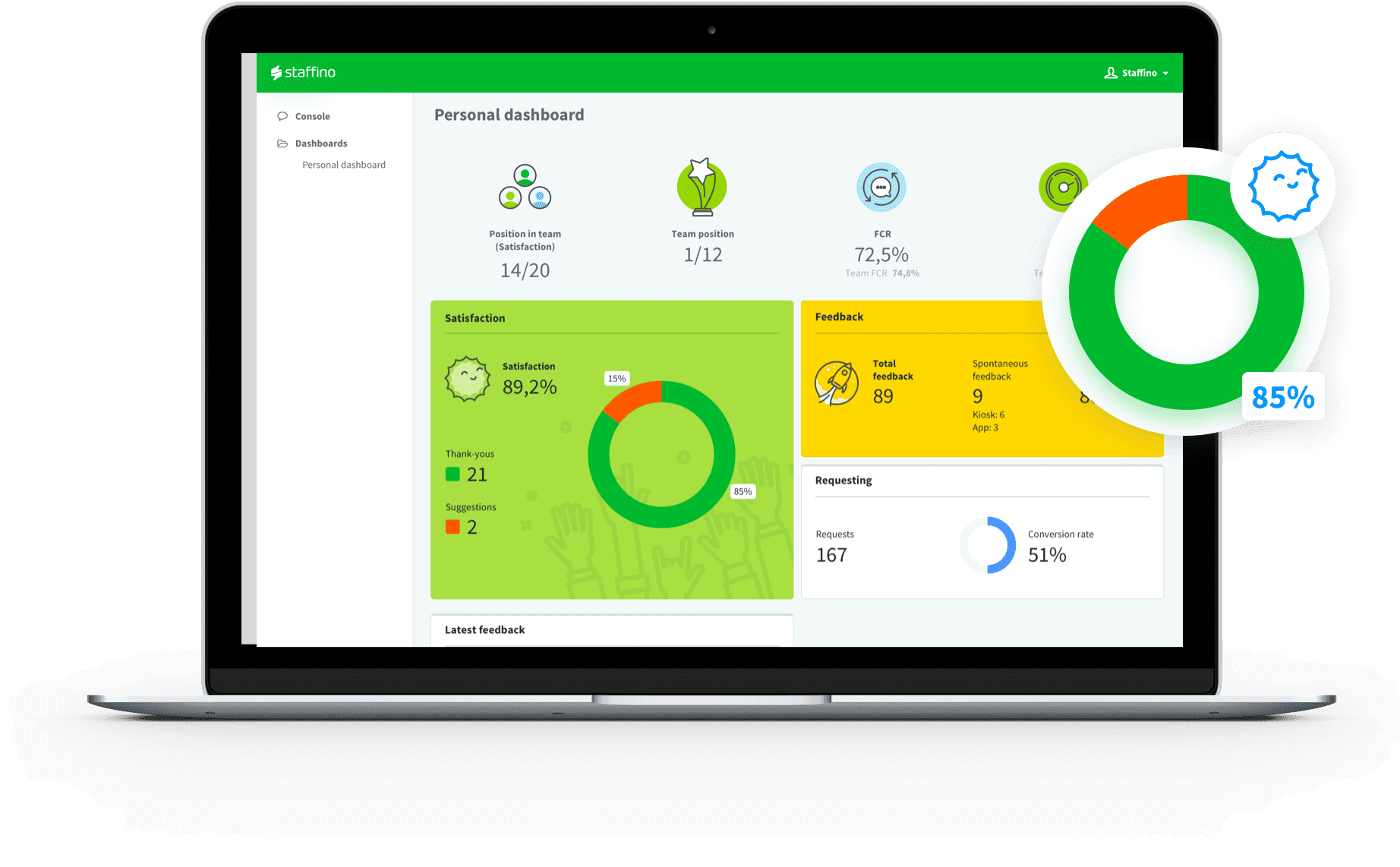
What Is the Definition of a Good Employee Performance?
Defining good employee performance is subjective and varies across organisations. However, it generally implies that an employee consistently meets or exceeds expectations, demonstrates a strong work ethic, exhibits professionalism, and actively contributes to the success of the team and the organisation as a whole. Good employee performance is characterised by a combination of technical competence, interpersonal skills, and alignment with organisational values.
What Are the Key Elements of Employee Performance?
The key elements that contribute to employee performance are job knowledge and skills, quality of work, productivity, communication skills, teamwork, adaptability, attendance, and initiative. Employees’ job performance is a critical aspect of your organisation’s success. It directly impacts productivity, customer satisfaction (CSAT), and overall business outcomes. To effectively evaluate and manage employee performance, it is essential to understand the key elements that contribute to it:
1. Job Knowledge and Skills
This element refers to the employee’s expertise and competency in performing their assigned tasks. It encompasses the level of understanding and proficiency in the required knowledge areas, technical skills, and industry-specific expertise. Employees with strong job knowledge and skills are more likely to perform their duties effectively and efficiently.
2. Quality of Work
The quality of work is a measure of how well an employee consistently meets or exceeds established standards of your company. It involves attention to detail, accuracy, and the ability to produce error-free work. High-quality work contributes to customer satisfaction, builds trust, and enhances the reputation of your organisation. Closed-loop feedback is an excellent method for gaining a more profound understanding of the employees’ quality of work.
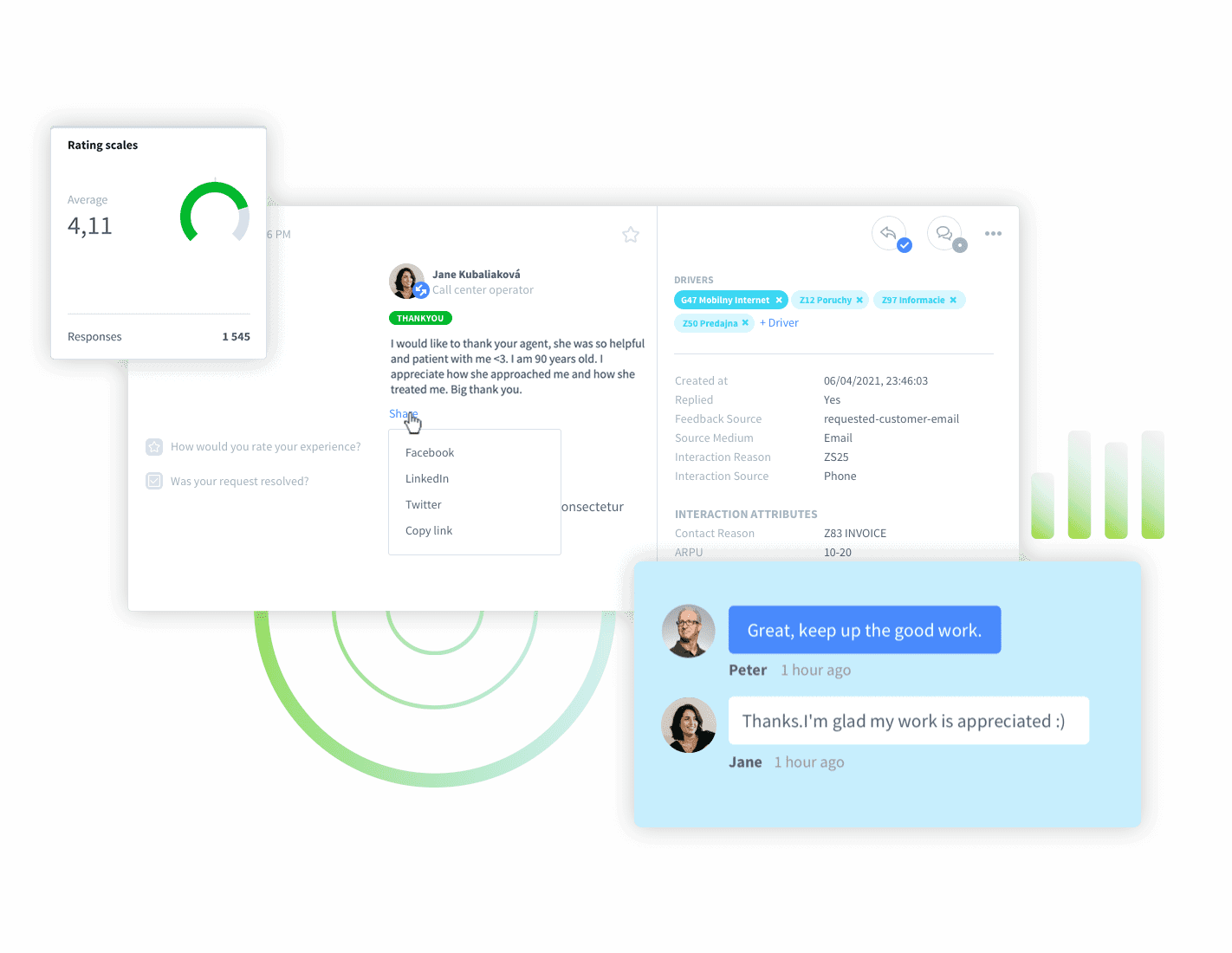
3. Productivity
Productivity measures the level of output an employee generates within a given timeframe. It considers both the quantity and efficiency of work. Highly productive employees efficiently complete tasks, meet deadlines, and contribute to achieving company goals. They utilise their time and resources effectively to maximise output.
4. Communication Skills
Effective communication is crucial for successful collaboration, problem-solving, and relationship-building. Employees with strong communication skills can convey information clearly, actively listen to others, and understand and respond appropriately to feedback. Good communication fosters teamwork, minimises misunderstandings, and promotes a positive work environment.
5. Teamwork and Collaboration
Collaboration and teamwork are essential for achieving common goals and fostering a positive work culture. Employees who work well with others, contribute to team objectives, and support their colleagues create a harmonious and productive work environment. They actively participate in team discussions, offer help when needed, and value diverse perspectives.

Unlock Your Team's Full Potential with Staffino's EX Products
Our EX platform can help you attract and retain top talent, track employee performance, and improve engagement and productivity – so your team can reach their highest potential.
6. Adaptability and Flexibility
In today’s dynamic work environment, employees must be adaptable and flexible. This element refers to an employee’s ability to embrace change, handle challenges, and adjust to new situations or tasks. Adaptable employees quickly learn new skills, embrace new technologies, and effectively navigate through unexpected changes.
7. Attendance and Punctuality
Consistent attendance and punctuality are indicative of an employee’s reliability and commitment to their work responsibilities. Employees who consistently show up on time and are present when needed demonstrate their dedication to their job and respect for their colleagues and organisation.
8. Initiative and Problem-Solving
Initiative refers to an employee’s willingness to take ownership of their work, go beyond their assigned responsibilities, and proactively identify and address issues. Problem-solving involves the ability to analyse problems, generate innovative solutions, and implement them effectively. Employees who demonstrate initiative and problem-solving skills contribute to continuous improvement and drive positive change within the company.
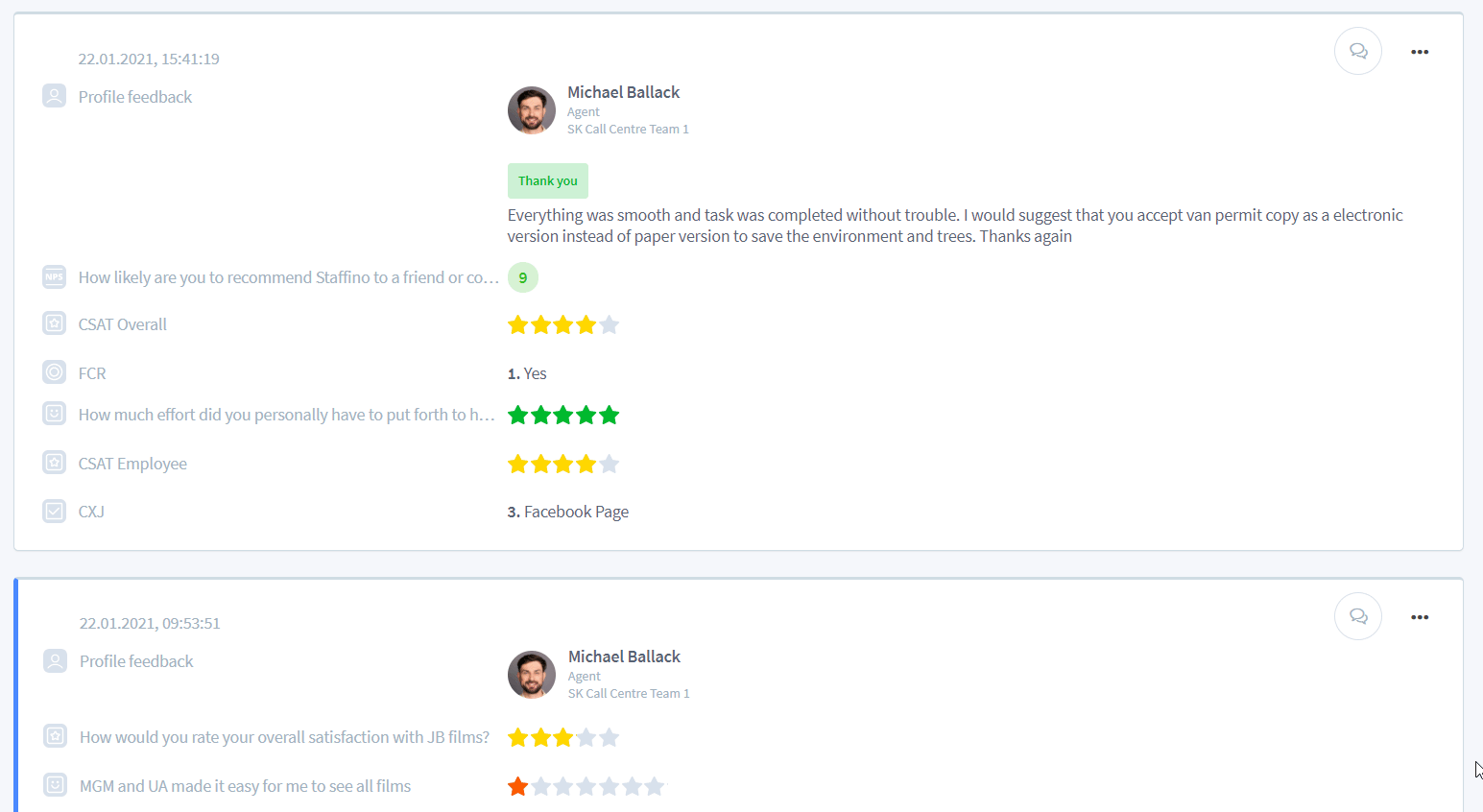
By assessing and developing these elements, you can enhance employee experience, improve performance and productivity, and achieve your company’s strategic objectives.
Understanding KPIs for Employee Performance
What is KPI for employee performance? Key Performance Indicators (KPIs) are quantifiable metrics used to measure an employee’s performance against specific objectives or goals. Here are eight essential KPIs commonly used to evaluate employee performance:
1. Sales Revenue
This KPI measures the employee’s ability to generate sales and revenue for the organisation. It showcases their effectiveness in driving business growth and their impact on your company’s financial success.
2. Customer Satisfaction
This KPI assesses the customer experience when interacting with your employee. It reflects the employee’s communication skills, problem-solving abilities, and commitment to delivering exceptional customer service. The best way to measure CX is through a strategic customer satisfaction survey.
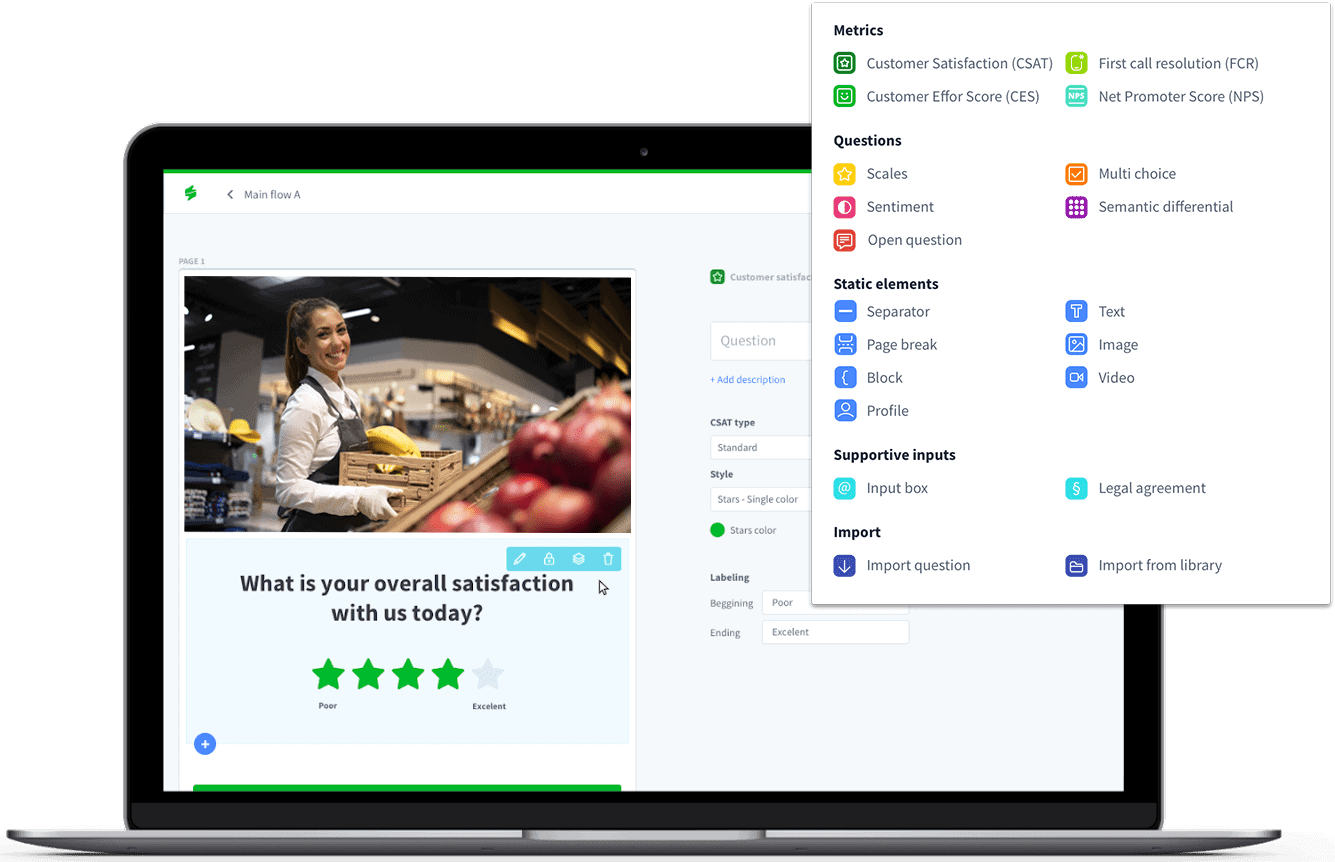
3. Employee Engagement
This KPI evaluates the level of staff motivation, commitment, and satisfaction within your organisation. It helps measure their involvement, loyalty, and dedication towards their work, which ultimately impacts their productivity and overall performance.
4. Quality of Work
This KPI measures the accuracy, thoroughness, and adherence to established quality standards in an employee’s work. It assesses their attention to detail, ability to deliver error-free work, and their commitment to maintaining high-quality outputs.
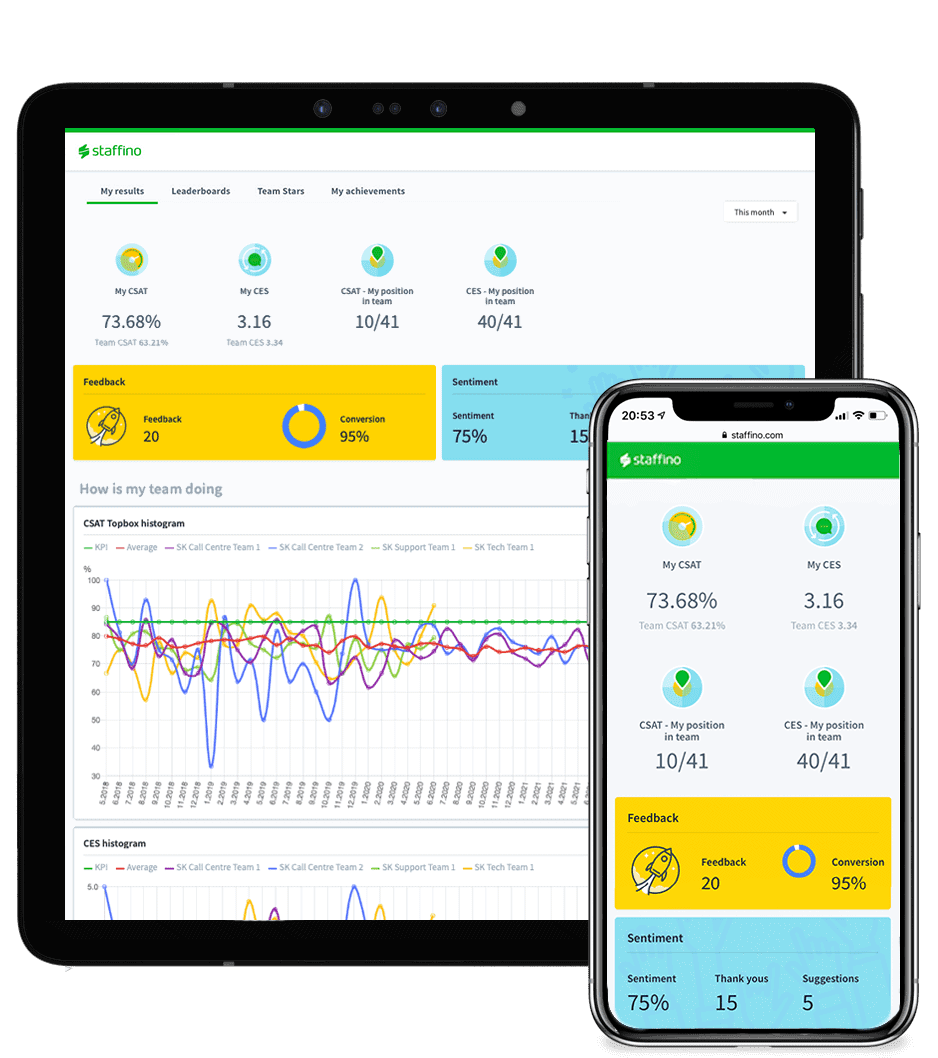
5. Time Management
This KPI assesses the employee’s ability to effectively manage their time and meet deadlines. It measures their organisational skills, prioritisation abilities, and their ability to handle multiple tasks efficiently.
6. Attendance
This KPI measures the employee’s punctuality and regularity in attending work. It reflects their reliability, commitment, and dedication towards their role and responsibilities.
7. Error Rate
This KPI evaluates the frequency and severity of errors made by the employee in their work. It helps you identify areas for improvement, training needs, and the employee’s attention to detail.
8. Employee Retention
This KPI measures the ability of the employee to retain and engage other valuable employees within the organisation. It reflects their leadership skills, ability to foster a positive work environment, and their impact on employee morale and satisfaction.
These KPIs, when used effectively, provide valuable insights into an employee’s performance, strengths, and areas for improvement. By regularly monitoring performance and evaluating these metrics, you can make informed decisions regarding employee development, recognition, and overall work performance management.
KPIs vs. OKRs: What’s the Difference?
KPIs are specific metrics that organisations use to measure their performance and progress towards achieving their goals. These metrics are typically quantifiable and focus on specific areas of the business, such as sales, customer satisfaction, or productivity. KPIs are often used to monitor day-to-day operations and help teams understand how they are performing against their targets.
Examples of KPIs:
1. Increase website traffic by 20% in the next quarter.
2. Reduce customer churn rate by 15% by the end of the year.
3. Achieve a customer satisfaction score of 90% or above.
4. Decrease production defects by 50% within six months.
5. Improve employee productivity by 10% by implementing new workflow processes.
On the other hand, OKRs (Objectives and Key Results) are a goal-setting framework that focuses on setting ambitious and aspirational objectives for the organisation. OKRs are designed to align teams and individuals towards achieving strategic outcomes and driving organisational growth. Unlike KPIs, OKRs are not always quantifiable and can be more qualitative in nature.
Examples of OKRs:
Objective: Establish ourselves as a thought leader in the industry
Key Result: Publish 10 high-quality industry research papers in the next year.
Objective: Enhance customer experience and loyalty
Key Result: Increase the percentage of NPS promoters to achieve the NPS score of 9 or above.
Objective: Foster a culture of innovation and creativity
Key Result: Implement at least 3 new innovative ideas suggested by employees within the next six months.
Objective: Expand into new markets and increase market share
Key Result: Launch in 3 new international markets and achieve a 15% market share in each within two years.
Objective: Develop a diverse and inclusive workforce
Key Result: Increase diversity representation in leadership positions by 20% in the next three years.
In summary, KPIs and OKRs serve different purposes in organisational goal-setting and performance tracking. KPIs focus on specific metrics to measure work performance, while OKRs set broader, strategic objectives and track progress towards achieving them. Both KPIs and OKRs are valuable tools for driving organisational success when used in conjunction with each other.
How Do You Measure Employee Performance?
Measuring employee performance requires a combination of different methods to ensure a comprehensive and fair employee evaluation. By using performance appraisals, 360-degree feedback surveys, self-assessments, goal setting, and employee performance reviews, you can effectively measure employee performance and support their growth and development.
Measuring internal customer performance is essential for organisations to assess the effectiveness and productivity of their workforce. It allows managers to identify areas of strength and areas for improvement, provide feedback on performance, and make informed decisions regarding promotions, rewards, and development opportunities. Here is a closer look at how to measure employee performance effectively:
1. Staff Performance Appraisals
Staff performance appraisals involve a formal employee evaluation process conducted by managers. They typically assess an employee’s performance against predefined criteria, such as job responsibilities, goals, and key performance indicators. Performance appraisals provide a structured framework for feedback and help identify areas where additional support or training may be required.
2. 360-Degree Feedback Survey
This method gathers feedback on performance from multiple sources, including peers, subordinates, and superiors. It provides a comprehensive and well-rounded view of an employee’s performance, as it takes into account different perspectives. 360-degree feedback surveys often include both qualitative and quantitative data, allowing for a deeper understanding of an employee’s strengths, weaknesses, and areas for development.
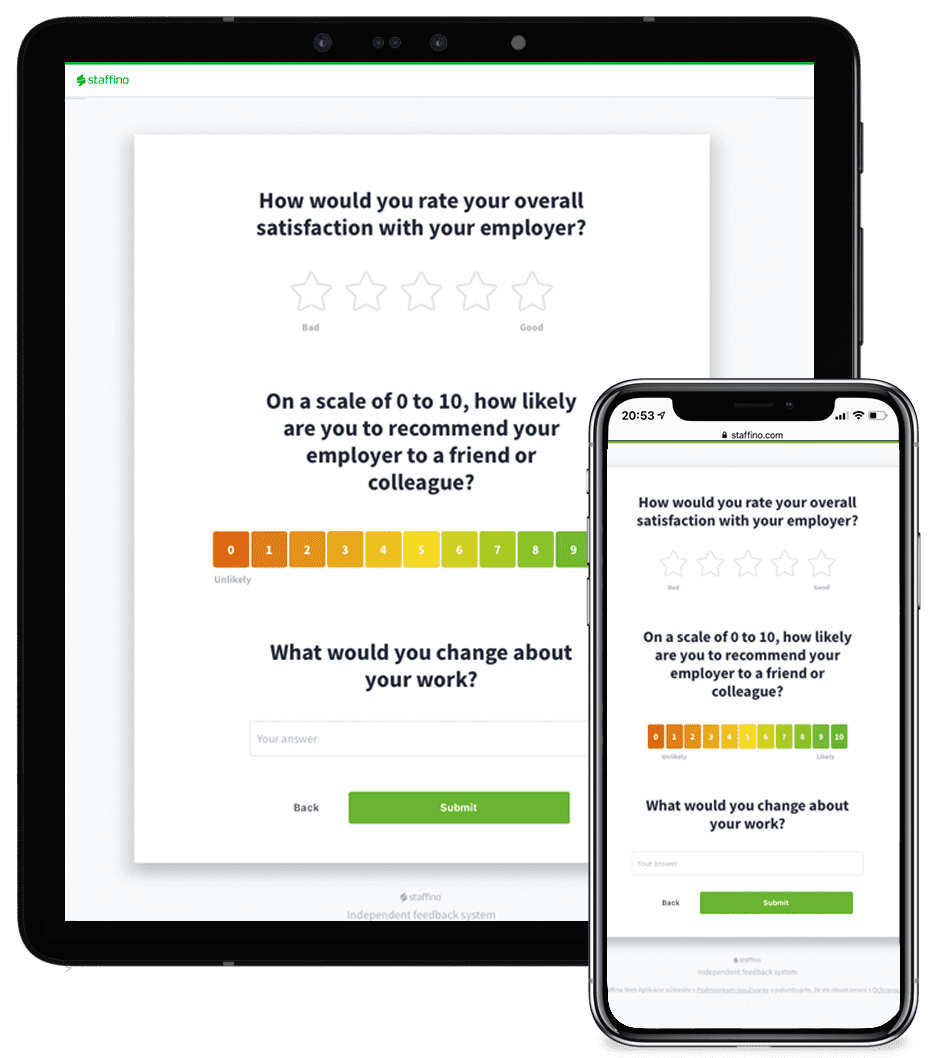
3. Self-Assessment
Self-assessment involves encouraging employees to reflect on their own performance and provide insights into their strengths, weaknesses, and areas for improvement. This method promotes self-awareness and accountability as employees take ownership of their own development. Self-assessment can be done through structured questionnaires or open-ended discussions with managers.
4. Goal Setting
Establishing SMART goals with employees is an effective way to measure performance. SMART goals are Specific, Measurable, Achievable, Relevant, and Time-bound. By setting clear objectives, employees have a clear understanding of what is expected of them and can track their progress. Regular check-ins and progress reviews help ensure that employees stay on track and make necessary adjustments as needed.
5. Continuous Feedback
Staff performance review and coaching to employees is crucial for measuring performance. This method fosters a culture of continuous improvement and allows for timely intervention and support. Regular feedback sessions help address any performance issues, recognise achievements, and provide guidance for development. It is important for managers to provide specific, constructive feedback that is actionable and focused on performance improvement.

Increase Employee Engagement with Staffino
Gain valuable insights into your team's motivation, morale, and satisfaction! Our EX surveys provide you with the data you need to take the right steps to increase employee engagement and productivity.
Improving Staff Performance: Best Practices
Enhancing staff performance goes hand in hand with improving employee experience. It requires a proactive approach and the implementation of effective strategies. Here are eight best practices to consider:
1. Clear Expectations
Clearly defining roles, responsibilities, and performance expectations is crucial for staff performance. This includes providing employees with a detailed job description, outlining their key tasks and deliverables, and setting measurable goals. When your employees have a clear understanding of what is expected of them, they are more likely to perform at their best.
2. Training and Development
Continuous learning and skill development are essential for improved performance. Providing employees with opportunities for training, workshops, conferences, or online courses can enhance their knowledge and capabilities. This not only improves their performance in their current roles but also prepares them for future challenges and responsibilities.
3. Regular Feedback
Regular feedback is essential for improved performance. Managers should provide constructive feedback, both positive and negative, to help employees understand their strengths and areas of improvement examples. Regular feedback sessions can also serve as an opportunity to recognise and reward employees for their achievements, motivating them to continue performing at a high level.
4. Performance Incentives
Implementing performance incentives, such as bonuses or recognition programs, can be an effective way to motivate employees to achieve their goals and perform at their best. These incentives provide tangible rewards for exceptional performance and encourage employees to go above and beyond their regular responsibilities.
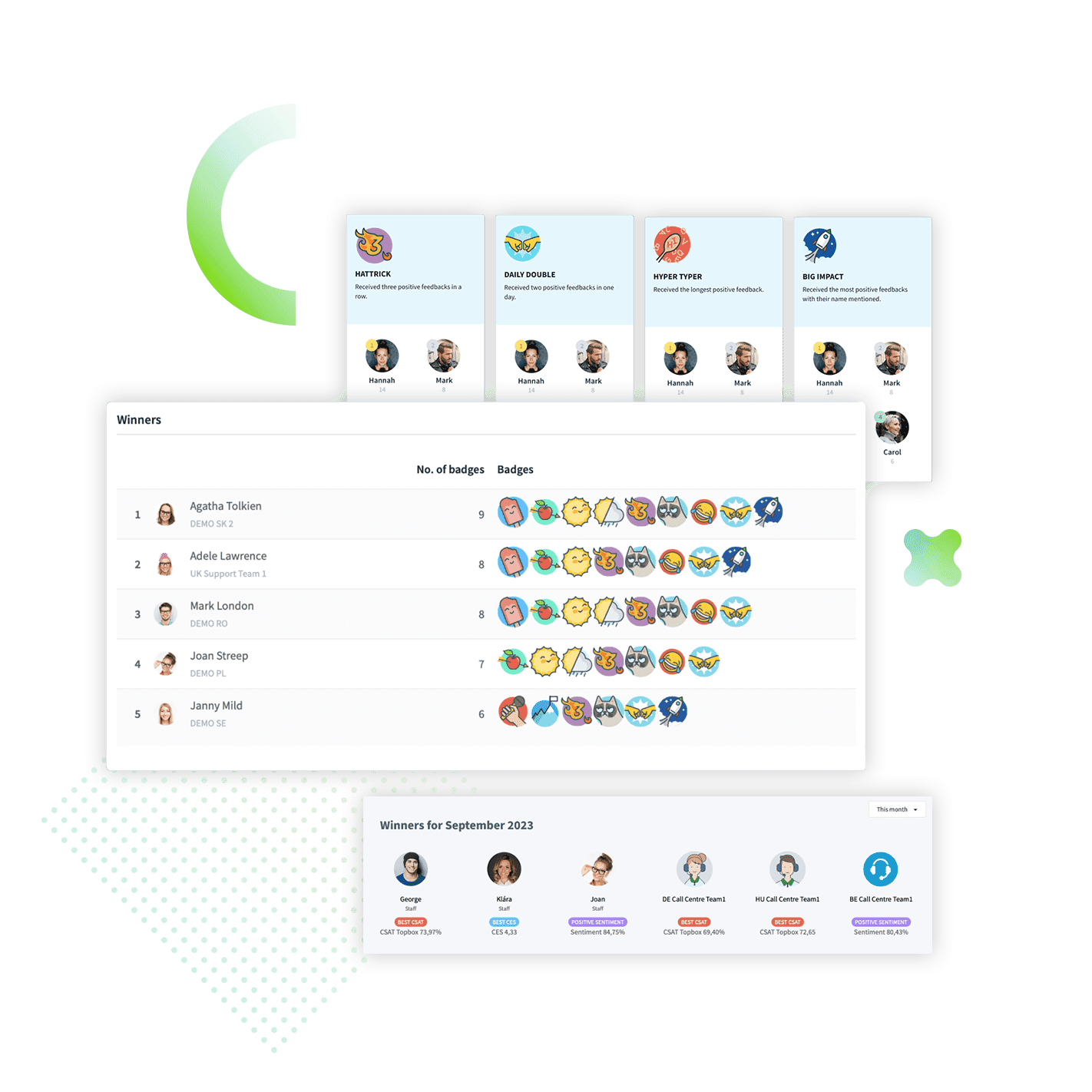
5. Employee Engagement
Creating a positive work environment that fosters employee engagement is crucial for staff performance improvement. This involves encouraging open communication, creating opportunities for teamwork and collaboration, and involving employees in decision-making processes. Engaged employees are more likely to be motivated, productive, and committed to achieving organisational goals. Interested in measuring your employees’ engagement? Try our digital employee experience platform!
6. Performance Improvement Plans
For underperforming employees, it is important to develop personalised performance improvement plans. These plans should clearly outline specific goals, provide necessary support mechanisms such as additional training or mentoring, and establish timelines for improvement. Regular monitoring and feedback should also be incorporated into these plans to track progress and provide guidance.
7. Career Development
Offering growth opportunities and career pathways is essential for staff performance improvement. When your employees see a clear path for advancement and development within the company, they are more likely to be motivated and committed to their work. Providing opportunities for promotions, cross-training, or mentorship programs can inspire employees to continuously improve performance.
8. Work-Life Balance
Promoting work-life balance initiatives is crucial for staff performance improvement. When employees are overworked or stressed, their performance and productivity can suffer. Encouraging flexible work arrangements, promoting self-care, and providing resources for work-life balance can help prevent burnout, enhance overall well-being, and improve job satisfaction, leading to better performance.
Real-Life Examples of Successful Performance Improvement Programs
These inspiring examples of performance improvement programs of leading companies demonstrate the importance of implementing an employee motivation strategy to motivate performance. Let’s check them out:
Example 1: Google’s OKR System

Google is well-known for its effective performance management system, which includes the use of Objectives and Key Results (OKRs). Google sets ambitious objectives for its employees and aligns them with the company’s overall goals.
For example, one of Google’s objectives might be to increase user engagement on a specific product. Key results would include metrics such as increasing daily active users by a certain percentage or improving user retention rates. Google’s OKR system has been credited with driving innovation, accountability, and high performance within the organisation.
Example 2: Netflix’s Feedback Culture

Netflix has a strong feedback culture that focuses on continuous improvement and performance. The company encourages open and honest feedback among employees, regardless of their position in the organisation. This feedback is used to identify areas for improvement and provide guidance for development. Netflix also emphasises a culture of personal responsibility, where employees are expected to take ownership of their performance and actively seek feedback to improve.
Example 3: O2’s Call Centre Agent Variation Analysis

O2, the third largest and fastest-growing mobile operator in Slovakia, implemented a systematic approach to improving performance in its call centres. The company used the Staffino online platform to gather long-term feedback on agents and analysed their performance variations comprehensively.
Supervisors in each call centre team were given access to the Staffino CX dashboards to review specific customer feedback on each employee and overall analysis results. This helped them refine operational processes and identify team members who needed performance improvement. By measuring customer satisfaction after each agent-customer interaction, O2 Slovakia was able to identify variations in agent performance and provide targeted training to improve performance and the quality of customer service provided.
Improving Employee Performance with Digital Tools
Digital tools have completely transformed the way businesses manage and improve the performance of their frontline employees. Staffino, our innovative employee engagement software, offers a range of features that enable you to effectively monitor and evaluate employee performance in real-time. Here’s what we have to offer:
1. Employee Performance Dashboards
One of the key features of Staffino is its employee performance dashboard. These dashboards provide you with a comprehensive overview of your employees’ performance metrics, allowing you to easily identify areas that require improvement. With this real-time data at your fingertips, you can quickly take action to address any performance issues and ensure that your team is working towards achieving their goals.

Staffino also enables you to set clear and measurable goals for your employees, track their progress over time, and give them access to their results, as we believe frontline employees should be informed about their successes and shortcomings. By having a clear set of goals to work towards, employees are motivated to perform at their best and strive for continuous improvement.
2. Customer Feedback on Employee Performance
Another valuable feature of Staffino is its feedback management system. This system allows you to gather feedback from both customers and employees, providing you with valuable insights into your team members’ strengths and weaknesses. By collecting feedback from multiple sources, you can gain a well-rounded understanding of your employee’s performance and make informed decisions on how to support and develop their team.
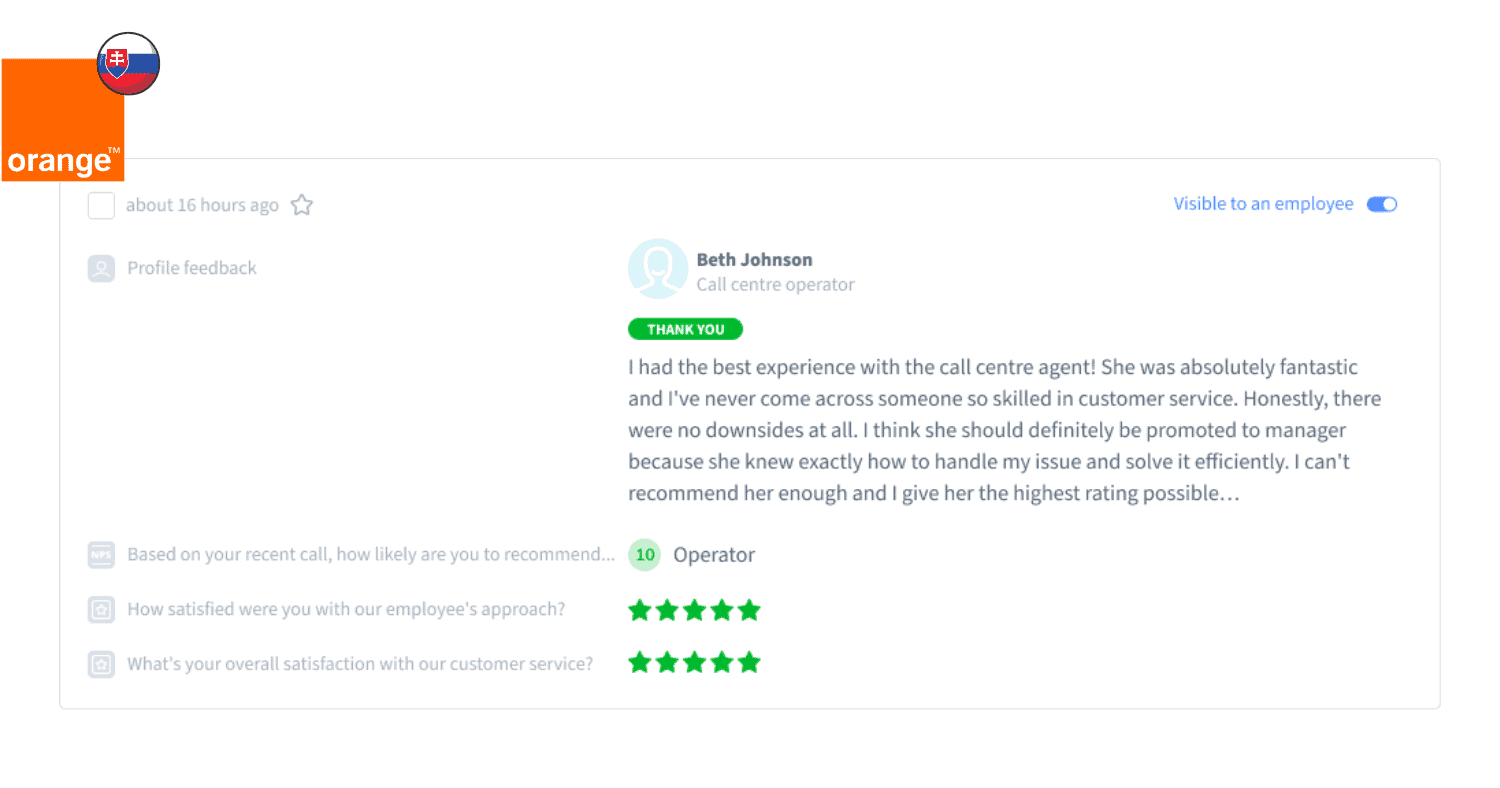
There is one other dimension to using customer feedback for employee performance tracking and improvement. While negative customer feedback is only visible to managers, positive feedback is automatically shared with employees. This allows employees to see what aspects of their performance are appreciated by customers and reinforces the value of their work. This type of employee recognition has been proven to be extremely effective in boosting desired employee performance and saves valuable time for managers.

3. Top-Down Employee Recognition Program
One of the biggest advantages of using Staffino is that it empowers leaders and managers to recognise and reward top performers. By having real-time visibility into employee performance, you can easily identify those who consistently exceed expectations and acknowledge their efforts directly in the online platform. This recognition not only boosts employee morale but also fosters a culture of continuous development, as other team members are inspired to strive for similar achievements.
Overall, Staffino is a powerful digital tool that has revolutionised the way companies worldwide manage and enhance employee performance. With a user-friendly online platform and a range of features, you can effectively track and evaluate performance, gather valuable feedback, set goals, and recognise top performers. By leveraging Staffino’s capabilities, you, too, can create a high-performing workforce and drive continuous improvement throughout your organisation.
Improve Employee Performance with Staffino Today!
Employee performance is a critical factor in achieving organisational success. By understanding the key elements of employee performance, utilising appropriate measurement techniques, and implementing effective strategies, your company can optimise its workforce’s potential.
Leveraging digital tools like Staffino can further enhance your employee performance management, enabling you to monitor, measure, and improve frontline employee performance seamlessly. With Staffino’s innovative platform, you can unlock your team’s full potential and drive sustainable growth.
Is Staffino the right tool for you? Book our free demo to see first-hand how to track and improve your employee performance through our online platform.
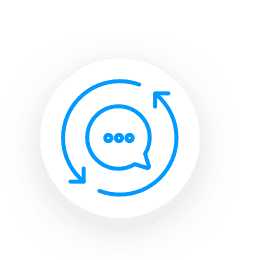
Get a First-Hand Experience Today!
Staffino is the perfect tool for creating engaging surveys, tracking performance, responding to customer feedback, and rewarding top employees. Get started today with our FREE demo!
FAQ
Employee performance is the effectiveness and efficiency with which an employee carries out their duties, meets targets, and adds value to the organisation.
Common methods include KPIs, 360° feedback, performance reviews, productivity metrics, and goal achievement tracking.
You can describe it based on reliability, quality of work, communication, initiative, and goal completion. Use clear, objective language supported by examples.
“Ana consistently exceeds her monthly targets, collaborates well across teams, and takes initiative in solving customer issues. Her attention to detail and positive attitude have a strong impact on team success.”
Start with key achievements, note areas for improvement, use specific examples, and include clear goals and development plans for the future.
It’s the ongoing process of setting expectations, monitoring progress, providing feedback, and supporting employee growth to improve performance and align with business goals.
Clarity, Consistency, Communication, Coaching, and Commitment. These guide effective goal-setting and employee development.
A KPI (Key Performance Indicator) is a measurable value that shows how effectively an employee is achieving specific objectives. Examples include sales numbers, customer satisfaction scores, or task completion rates.
KPIs track performance metrics, showing how well tasks are executed. OKRs (Objectives and Key Results) set broader goals with specific outcomes, focusing on growth and direction rather than just performance.
KPI example: “Resolve 95% of support tickets within 24 hours.”
OKR example:
- Objective: Improve customer support efficiency.
- Key Result 1: Reduce average ticket resolution time by 20%.
- Key Result 2: Increase CSAT score to 90%.
Set clear goals, give regular feedback, provide training, recognise good work, and remove obstacles that hinder productivity.
Top tools include Staffino, Lattice, 15Five, and Workday, offering features like feedback, goal tracking, analytics, and performance reviews.
Staffino is widely used for continuous feedback, real-time analytics, and linking employee performance to team and company goals.

